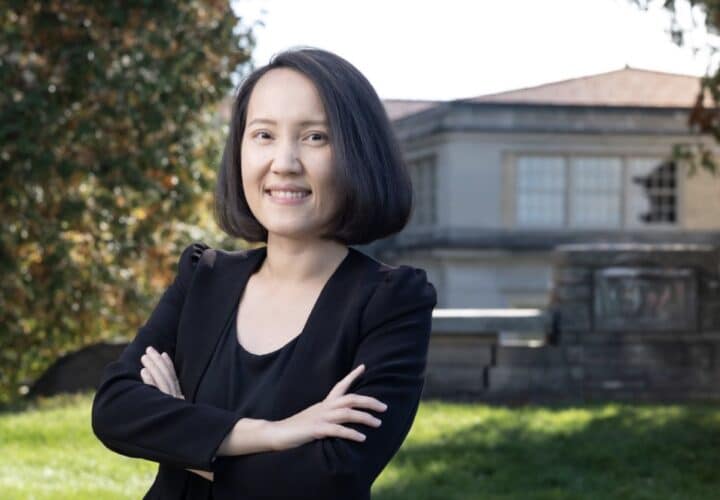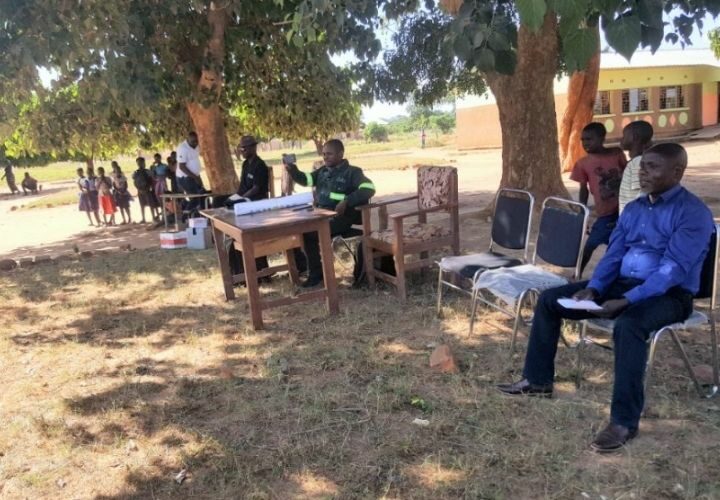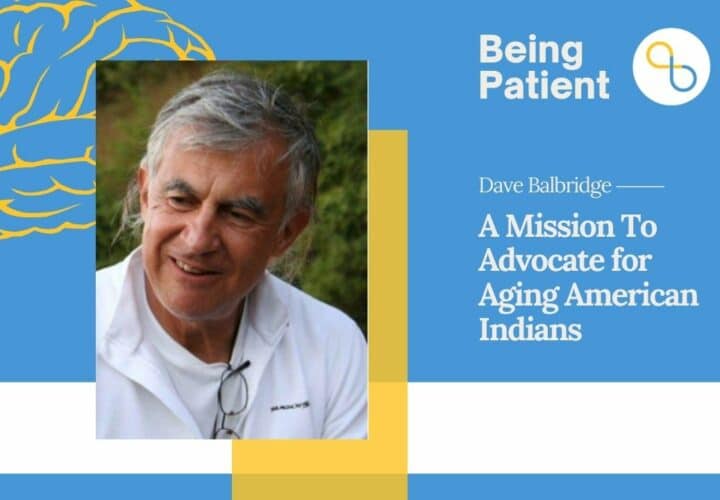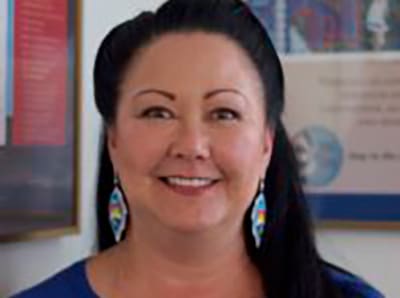Nearly one in 10 Americans is at risk of an adverse health event due to language barriers.
This article is part of the series Diversity & Dementia, produced by Being Patient with support provided by Eisai.
Scientist and advocate Kao Lee Yang became interested in Alzheimer’s after her grandmother was diagnosed with dementia. Today she works to break down the language barriers that impede health care access and to increase diversity and representation in Alzheimer’s research.
“When my sweet grandmother forgot my name, forgot who I am, it was very devastating and very strange,” Kao Lee Yang recalled. While studying to become a research psychologist, Yang’s grandmother was diagnosed with dementia. It sparked her curiosity and interest in neurodegenerative disease.
“After that, I wanted to learn more about what happens to the human brain as people age,” she told Being Patient. But witnessing her grandmother’s experience in the U.S. healthcare system firsthand stirred an interest in another aspect of Alzheimer’s, too. Today, Yang said, she is also focused on finding ways to systematically break down the language barriers that impact care for non-English speaking families.
She also advocates for more representation of Hmong individuals, who have roots with indigenous peoples in Southwest China, Vietnam, Laos, Thailand and Myanmar, both on the researcher side and in clinical trials. According to Pew Research, there are more than 320,000 Hmong-identifying individuals living in the U.S.
She believes this change will lead to better health care outcomes for the Hmong community, and a better understanding of Alzheimer’s overall.
How language barriers impact care for people with dementia
Yang’s grandmother began experiencing memory loss very gradually. For a very long time, she still remembered Yang and her other family members. But a few years into the dementia diagnosis, she did not recognize Yang or know who she was.
“I think our journey was difficult, in many ways that families can relate,” Yang said. “Helping this person that we love, who has forgotten us, [to] try to stay calm, oriented, and not panic.”
When it came to seeking help, Yang saw firsthand the language barriers that prevent many families from seeking help. Understanding dementia is already hard for English-speaking families, she said. For her grandmother and their family who primarily spoke Hmong, she recalled, speaking a different primary language made navigating the U.S. healthcare system and receiving focused care all the more complicated.
She recalled the time her grandmother was hospitalized for another health condition while she had dementia: “The hospital, at that time, didn’t provide an interpreter for my family, even though there were many elders present who could not speak English very well,” she said.
The burden of translation fell back onto Yang, along with her aunt and uncle, who happened to be fluent English speakers.
“I’m going through a lot internally to process my grandmother’s deteriorating health and I don’t think it’s really fair to wait on me to interpret while also processing what’s happening,” she said.
Yang was far from alone in this difficult position. According to a report by the Agency for Healthcare Research and Quality, close to nine percent of the U.S. population is at risk of an adverse health event due to language barriers. And many hospitals tend to ignore policies on providing interpreters for non-English-speaking families, instead relying on English-speaking family members who often don’t fully understand medical terminology, much less the nuances of a person’s diagnosis or care instructions.
Her grandmother eventually passed away from dementia.
The importance of diversity among scientists
Research indicates that some cases of Alzheimer’s — particularly those related to environmental and lifestyle factors as opposed to genetic ones — may be preventable. To help spare families like hers the painful experience of losing a loved one to Alzheimer’s, Yang believes diversifying the field can help.
Yang described the importance of diversity in research on two levels: the people participating in the clinical trials themselves, and the scientists conducting those trials.
Yang noted a tendency in studies that groups large swathes of individuals from Asia into the Asian category. “It is entirely possible that there are clinical trials that are inclusive of different Asian ethnic subgroups in America but then report them all as a lumped Asian category,” she said.
“I currently know of one project that was carried out by Dr. Pajau Vangay about the impact of immigration and gut microbiota composition, and it was published in the journal Cell in 2018,” she said. “One of the outstanding aspects of this study is that it demonstrates that high quality science can be conducted with groups that are not well-represented in scientific research.”
As for Hmong representation in the scientific community, Yang said, she feels the lack there, too.
“I spend many days surrounded by scientists and trainees,” Yang said. “I feel pretty comfortable saying that Hmong representation is very low.” She said she recalled attending the Alzheimer’s Association International Conference four times and has yet to meet another person of Hmong descent.



